Truck Loopholes 101 – When Emissions Regulations Don’t Match the Real World
Union of Concerned Scientists
DECEMBER 15, 2022
The EPA is getting ready to finalize a critical regulation limiting emissions of smog-forming nitrogen oxide (NO X ) and soot (or particulate matter, PM 2.5 ) from new heavy-duty trucks. This is the first time EPA has sought to limit emissions in over two decades, and it is long overdue.


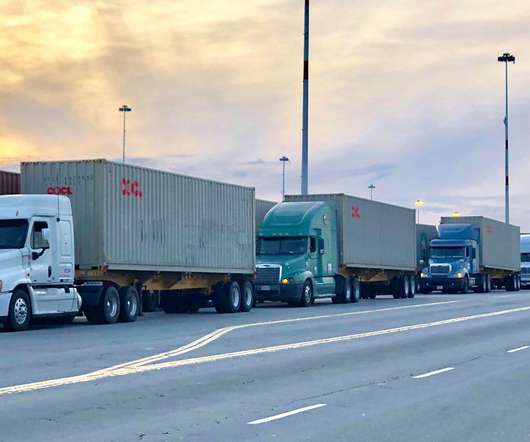
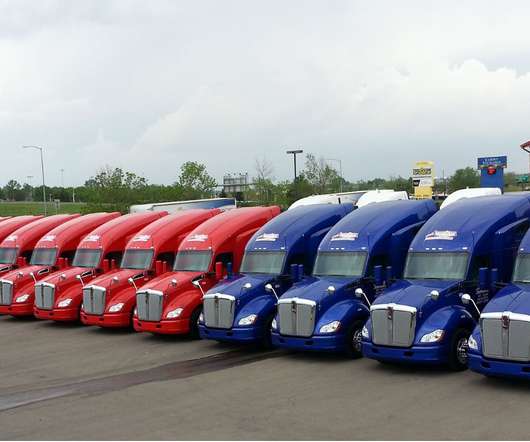
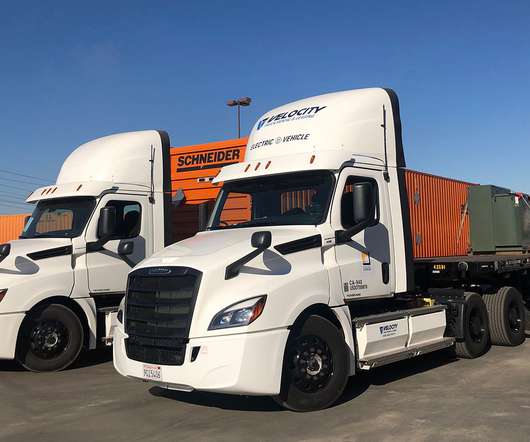
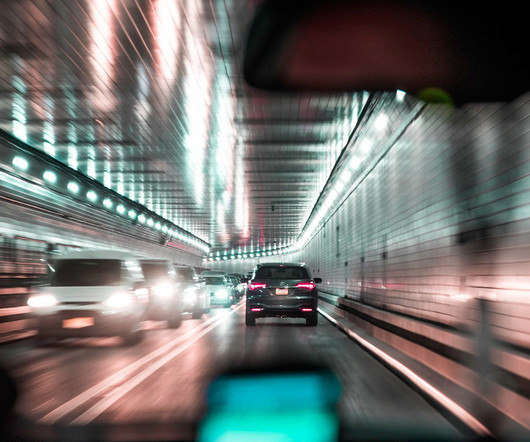
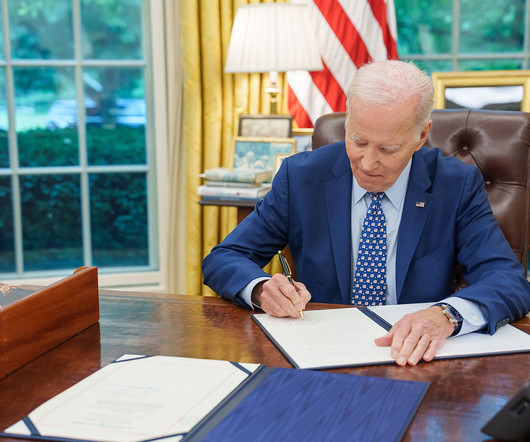
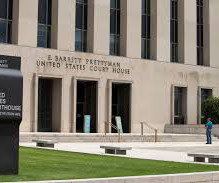






Let's personalize your content